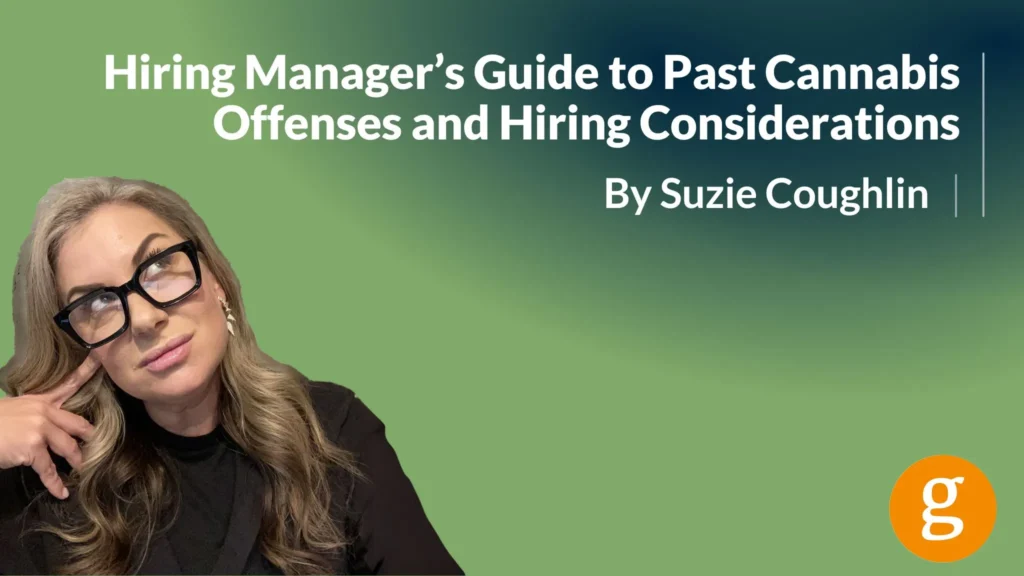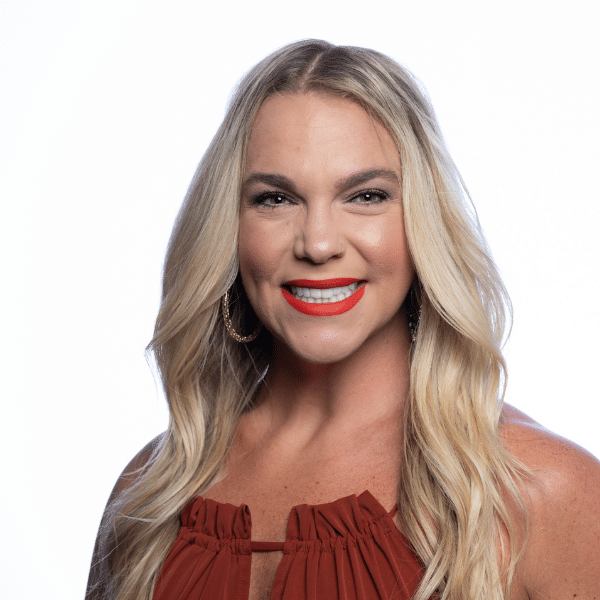The Matchmaker: Rekindled Tips for Today’s Hiring Managers
Jeremy Barnes | Hiring Advice, Opinion, Recruiting Career Advice | December 27, 2023

My son went through a phase where he was obsessed with the Disney movie, Mulan. As most parents with young children would understand, I have watched that movie dozens of times. Simply writing the title of it here launches the soundtrack in my mind, but I digress.
I am a talent recruiter and the scene I frequently think of when sourcing and hiring top talent is when Mulan meets the matchmaker. The matchmaker had predetermined exactly what she was looking for, but it caused her to miss the power, courage, potential, and value of the young woman who stood in front of her.
If you are part of the hiring process for your organization, the goal is to help find the perfect staffing match between a job seeker and job opening. However, sometimes human resource professionals and hiring managers let preconceived notions about the ideal candidate cause them to risk passing over a fantastic candidate in the elusive search for one who fits the perception of perfect.
How can hiring managers become better matchmakers?
I have found that the best way to rekindle effective recruiting is to define the role more clearly and objectively before starting the matchmaking process. This is equally beneficial to the company and job seekers.
Here are six strategies for writing job descriptions that will help you identify the right match when staffing your team:
- Begin with the non-negotiables: What degrees, licenses, certifications, technical skills, or experiences are absolute must-haves for your business and the specific job opening? Begin your job requirements with these prerequisites to simplify your matchmaking and hiring process.
- Inventory common traits among your top performers: I once worked for a business that required a degree for a certain job opening. It didn’t make sense to me because a college degree wasn’t relevant to the job and none of their competitors required a degree for the same role. However, the owner was highly educated and had learned that the people who succeeded on his team were educated people. The point is, when you find a common theme among those succeeding in their jobs, it may be a yes for incorporating into the requirements for your job opening.
- Evaluate your training program: When I served as a director for Chick-fil-A, it struck me that most of their locations do not require ‘restaurant’ experience for management roles. Even if a candidate had worked in restaurants their entire career, they are trained in the Chick-fil-A way at every turn. Why require experience if you provide your own skills training? Chick-fil-A has a different compass point for staffing open management roles. Since they provide skills training, they instead required extensive experience in leadership, working with young adults, customer service and hospitality, and other soft skills that cannot be trained.
- Constantly ask WHY: We’ve all seen postings on job boards, LinkedIn, and other platforms that call for seven years of experience and skillsets in a particular field. Why seven? Is six not enough? When you look at each requirement you have listed for a job opening, ask yourself why it’s necessary. The only things that should make it into a job posting are those for which you can fully articulate the why behind them.
- Evaluate your compensation package: The American hiring market remains very competitive for landing top talent, so it’s important to factor salary into your requirements equation. What is the industry average in your area for a comparable role? If your salary range exceeds the average, you can be more selective in your criteria. If your compensation is average or below, you must be prepared to fill job openings with candidates who perhaps have less experience or need training in a particular skill.
- Evaluate for the bias of the past: While working for an organization years ago, my job description over time became customized to my skillset. If you have an employee in a role long term, it’s easy to let your definition of that role become the person who has held it for so long. Consequently, when you write job requirements for the same role with a new person in mind, you may spend so long recruiting for a person from the past that you miss a candidate who can take you into the future.
One more for the road: Benefit from an outside perspective
Hiring managers can become so deeply entrenched in their businesses and recruiting processes that they miss what is happening in the talent acquisition market as a whole – a landscape that is constantly changing. Bringing a trusted professional recruiter into your talent sourcing and hiring process can provide you with insights into the current labor and staffing market, the realistic prospects of finding the type of candidate you need, the compensation needed to attract that job seeker, and help in building a more diverse workforce.
Reach out to us for more best practices and assistance in finding top-tier candidates for your team, business, and employer brand. The experts at Goodwin Recruiting would be honored to partner with you to help you become the ideal matchmaker for your next middle management to senior-level hire.
Share This Article






































